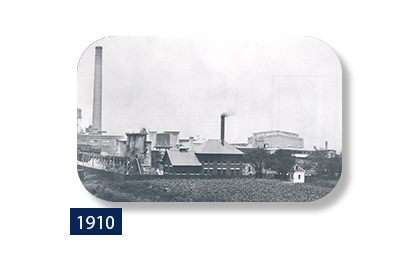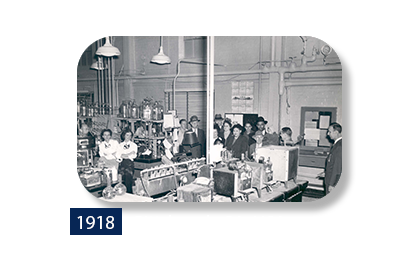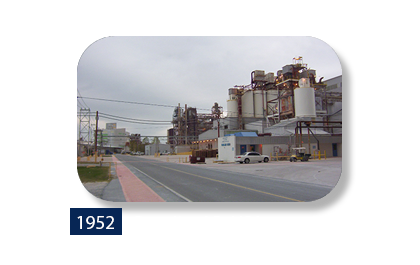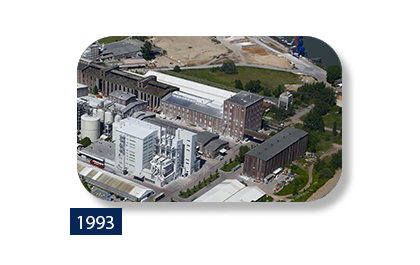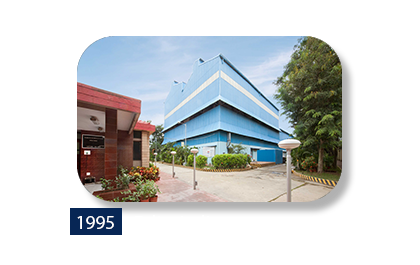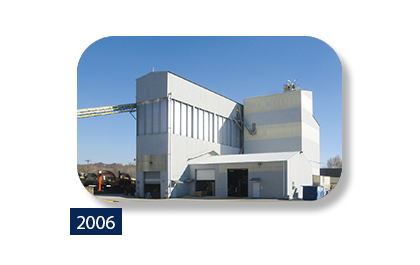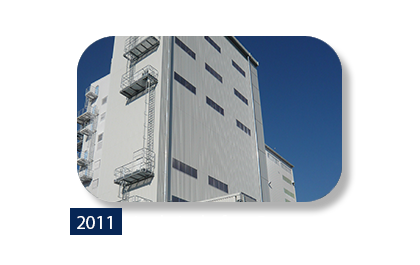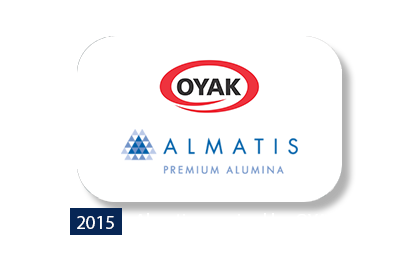First calcined alumina production for abrasives in Illinois, U.S. by Alcoa
1st R&D organization
Alcoa opens its first specialty alumina plant.
The company makes its alumina footprint global with the establishment of a tabular alumina plant in Rotterdam.
Expansion continues with the opening of a tabular alumina plant in Japan.
Rotterdam facility is expanded with the addition of a cement plant.
Calcined alumina plant is purchased.
Tabular alumina capability is added to Ludwigshafen plant.
Joint venture is formed for tabular alumina processing in India
Calcined and tabular alumina plant is opened in Leetsdale.
New tabular processing and calcined grinding plant is opened.
Specialty alumina business is carved-out from Alcoa and purchased by Rhone Capital and Ontario Teacher's Pension Plan.
Tabular alumina capacity is expanded.
Neville, PA, USACalcined alumina grinding center is purchased in the U.S.
Almatis is purchased by Dubai International Capital ("DIC")
Falta, IndiaAlmatis purchases remaining stake in JV to form a 100%-owned subsidiary.
Expansion of parallel crushing and sizing line at Ludwigshafen plant.
Manufacturing facility is further supplemented with the addition of calcined alumina plant.
Sao Paulo, BrazilAlmatis establishes local sales operation in SP State, Brazil, with business HQ in Campinas and warehouse in Osasco.
Bauxite, AR, USASpecialty Hydrates business is solid to Huber.
Almatis is purchased by OYAK Global Investments.
Calcines Expansion,
Singapor Sales Office








